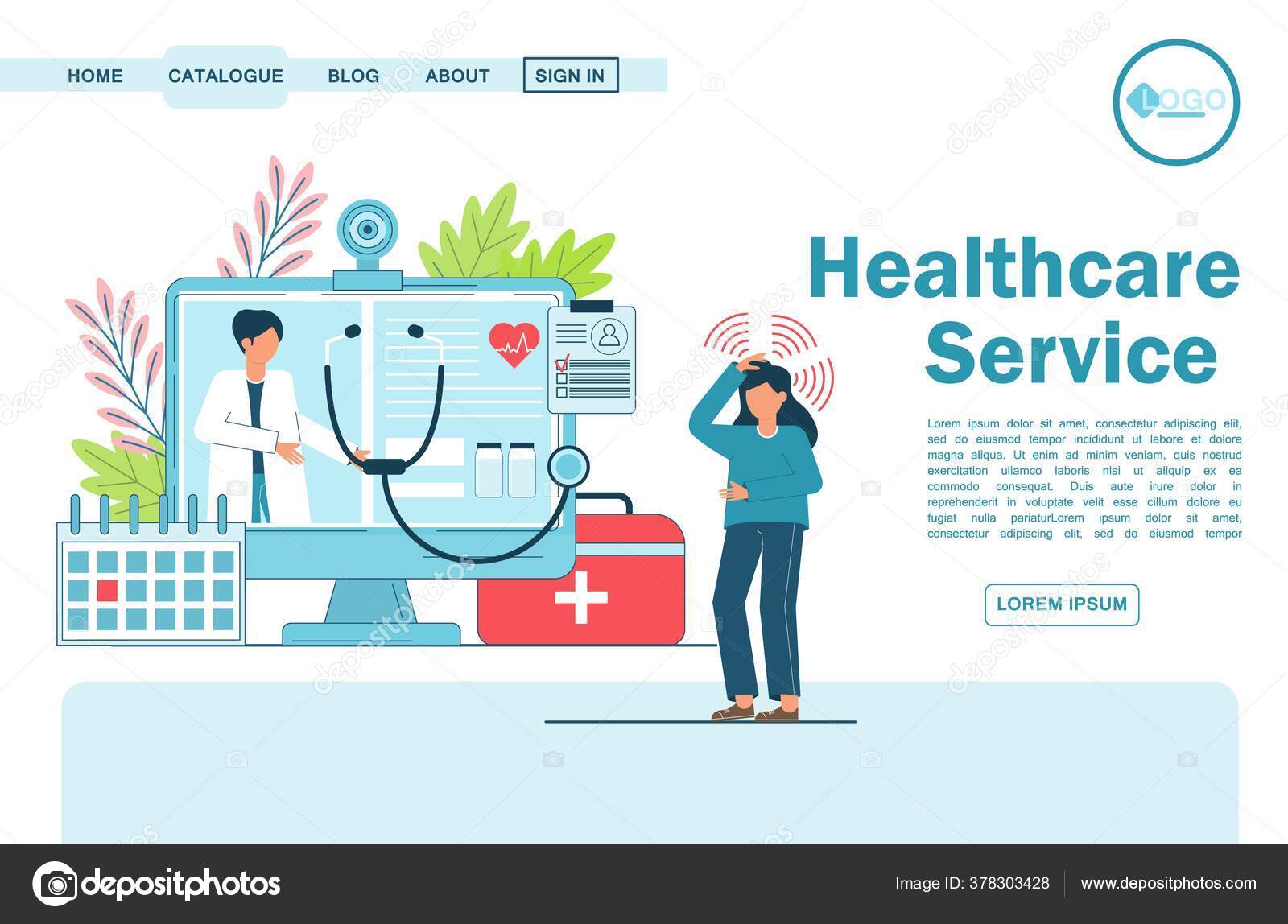Understanding the Cost Savings of Subscription Based Healthcare for Families
Understanding the Cost Savings of Subscription Based Healthcare for Families
Blog Article
Recognizing the Cost-Effectiveness of Subscription-Based Healthcare Designs
As the healthcare landscape progresses, subscription-based versions become a compelling alternative, guaranteeing to redefine just how individuals handle clinical expenses. Examining these versions' cost-effectiveness demands a nuanced comparison with standard insurance policy, considering both monetary effects and patient fulfillment. While they provide openness and predictability in prices, questions stay regarding their capacity to fulfill diverse medical care needs, especially for specialized treatments. The perspectives of health care service providers further complicate this equation, offering a complex challenge. What does the future hold for these designs, and can they genuinely provide on their assurance of accessible, inexpensive care?
Review of Subscription-Based Designs
Subscription-based health care designs, sometimes referred to as direct medical care or concierge medication, are progressively acquiring attention as a potential remedy to inefficiencies within typical health care systems. These designs operate on the concept of offering people straight access to healthcare service providers through a month-to-month or yearly charge, bypassing the need for typical insurance policy systems. This arrangement intends to streamline patient-provider interactions by reducing management problems, which frequently prevent timely and personalized care.
At the core of subscription-based models is the emphasis on an extra individualized patient experience. Individuals take advantage of improved access to their medical professionals, commonly including next-day or same-day consultations, prolonged appointment times, and direct communication networks such as phone or video clip calls. This design fosters a positive strategy to healthcare, where carriers and individuals can collaboratively concentrate on preventative care and chronic condition management.

Price Comparison With Typical Insurance Coverage
One of the primary financial advantages of registration versions is transparency in costs. Conversely, typical insurance policy may be more advantageous for people needing specialized care or pricey therapies not covered under a membership model, as they profit from the wider coverage network and cost-sharing devices.
However, cost-effectiveness is context-dependent. While membership models may provide savings for those primarily requiring health care, individuals with chronic problems or specialized healthcare demands might locate conventional insurance a lot more comprehensive. Evaluating particular medical care requirements and possible use is critical in identifying the most cost-efficient alternative for individuals.
Effect On Patient Contentment
Patient satisfaction within subscription-based medical care versions usually reflects a substantial enhancement over typical insurance policy systems. Unlike traditional systems, where clients might experience hold-ups in obtaining care, subscription-based models ensure even more prompt and straight interactions with healthcare providers.
In addition, the openness in prices associated with subscription-based medical care eases the typical aggravations connected to unforeseen fees and intricate invoicing processes seen in standard insurance policy (subscription based healthcare). People appreciate understanding the precise financial dedication upfront, resulting in raised count on and self-confidence in their health care monitoring
Furthermore, the focus on preventive treatment and wellness in membership models adds to improved health and wellness end results, additionally enhancing individual satisfaction. By concentrating on recurring health upkeep instead of episodic treatment, people experience a more alternative and continuous healthcare journey.
Moreover, the boosted provider-patient relationship promoted in these versions, identified by even more time spent per client and tailored interest, plays a crucial function in boosting client contentment degrees, as people feel really taken care of and recognized.
Service Provider Experiences and viewpoints
From the copyright's viewpoint, subscription-based healthcare designs use a transformative strategy to supplying clinical services. These models emphasize a proactive and preventative healthcare technique, enabling suppliers to concentrate on thorough client care without the restrictions of standard fee-for-service plans (subscription based healthcare). This shift in focus frequently leads to improved patient results and boosted supplier contentment, as medical care experts can designate more time and resources to patient involvement and individualized top article care strategies
In addition, registration designs help with predictable earnings streams, which boost monetary stability for doctor. This predictability enables enhanced resource preparation and allowance, adding to a more reliable health care delivery system. Providers can spend in staff innovation, training, and infrastructure improvements, therefore enhancing the top quality of care used.
However, the change to subscription-based models is not without obstacles. Service providers have to adapt to brand-new operational frameworks, which can entail considerable adjustments in billing methods and patient administration systems. In addition, there is a fundamental demand for robust data monitoring to track client outcomes and guarantee top quality treatment. Despite these obstacles, several companies locate that the advantages of enhanced individual communication and streamlined procedures surpass the initial difficulties, making subscription-based designs an eye-catching option.
Future Potential Customers and Difficulties

A primary challenge is governing compliance, as subscription versions should follow progressing healthcare plans and insurance coverage requirements. This requires continual adjustment and development to ensure placement with legal criteria. Furthermore, integrating these designs into existing medical care facilities can be intricate, needing significant financial investments in innovation and training.
There is additionally the prospective threat of producing injustices in health care accessibility, as membership versions might prefer those continue reading this who can afford them, leaving at risk populations underserved. Resolving this requires thoughtful factor to consider of pricing methods and subsidy systems to make certain inclusivity.
Conclusion
Subscription-based medical care models provide a viable option to typical insurance policy by providing economic predictability and transparency, especially profiting people with chronic conditions or regular medical care needs. The cost-effectiveness of these designs rests upon specific healthcare usage patterns and conditions. While they may enhance individual satisfaction and improve budgeting, difficulties continue to be in resolving specialized care needs. Future considerations consist of stabilizing thorough insurance coverage with price and incorporating these designs within the broader healthcare system for optimal results.
Subscription-based medical care designs, often referred to as straight main care or concierge medicine, are significantly obtaining focus as a prospective option to ineffectiveness within conventional healthcare systems. Unlike traditional systems, where patients could experience hold-ups in getting care, subscription-based models make certain more straight and prompt communications with health care suppliers.
These designs emphasize a aggressive and preventative health care strategy, permitting suppliers to focus on comprehensive individual treatment without the constraints of typical fee-for-service plans. As these models proceed to obtain traction, they provide the prospective to transform patient access to care, enhance service distribution, and enhance medical care costs.Subscription-based healthcare designs offer a sensible alternative to traditional insurance coverage by providing economic predictability and important source transparency, specifically benefiting people with persistent conditions or regular healthcare requirements.
Report this page